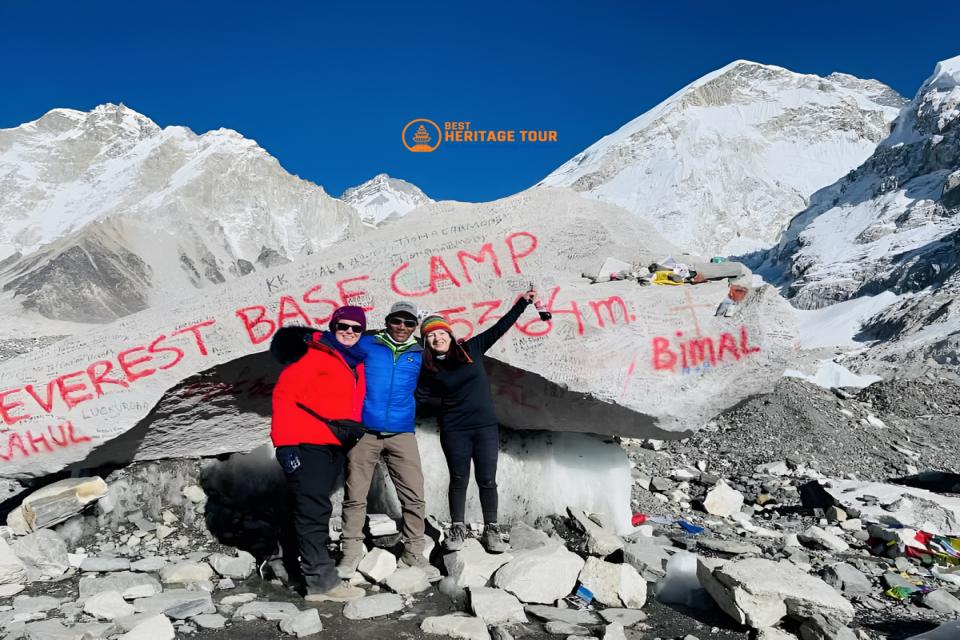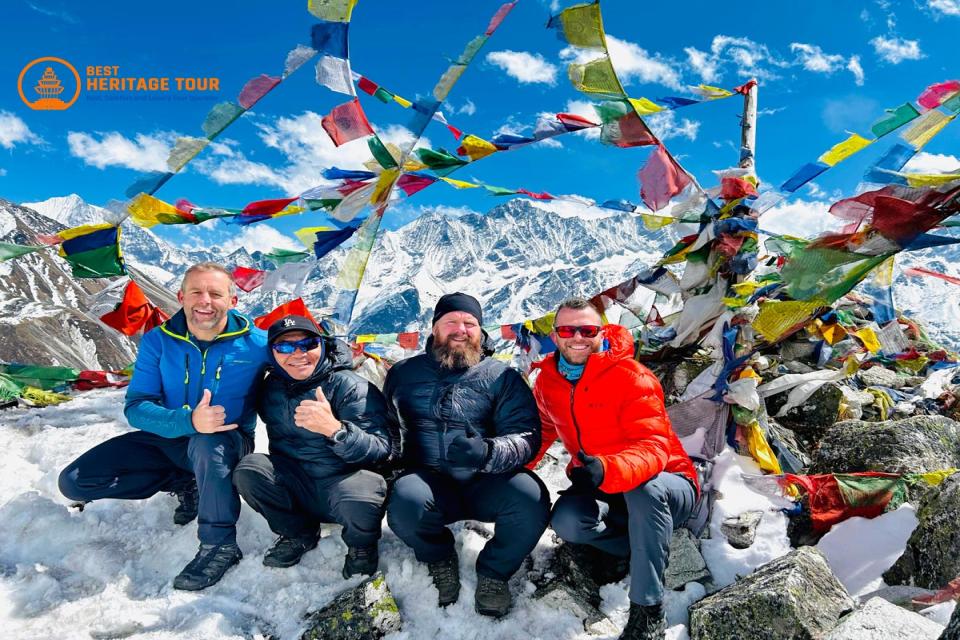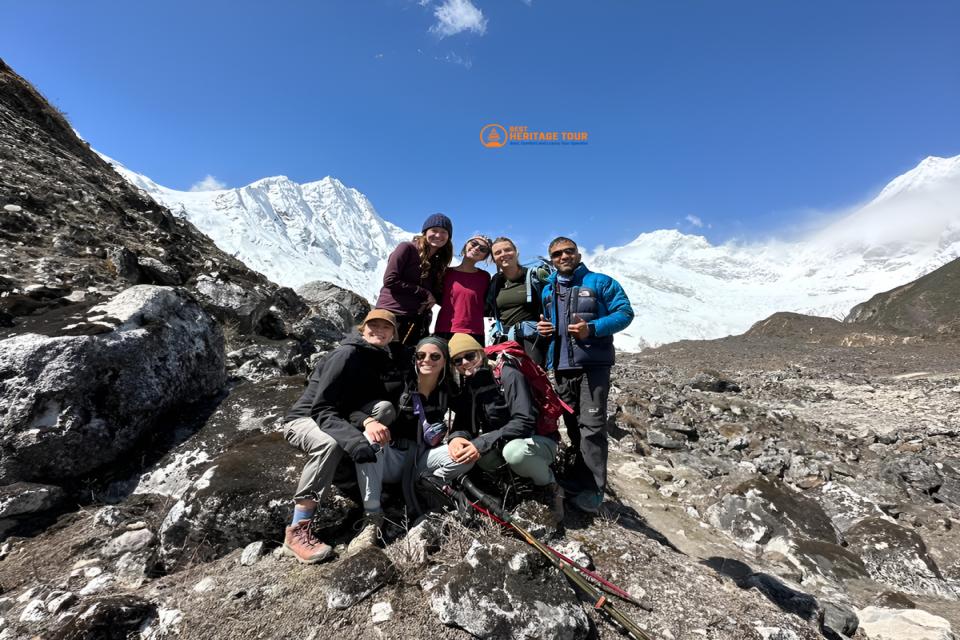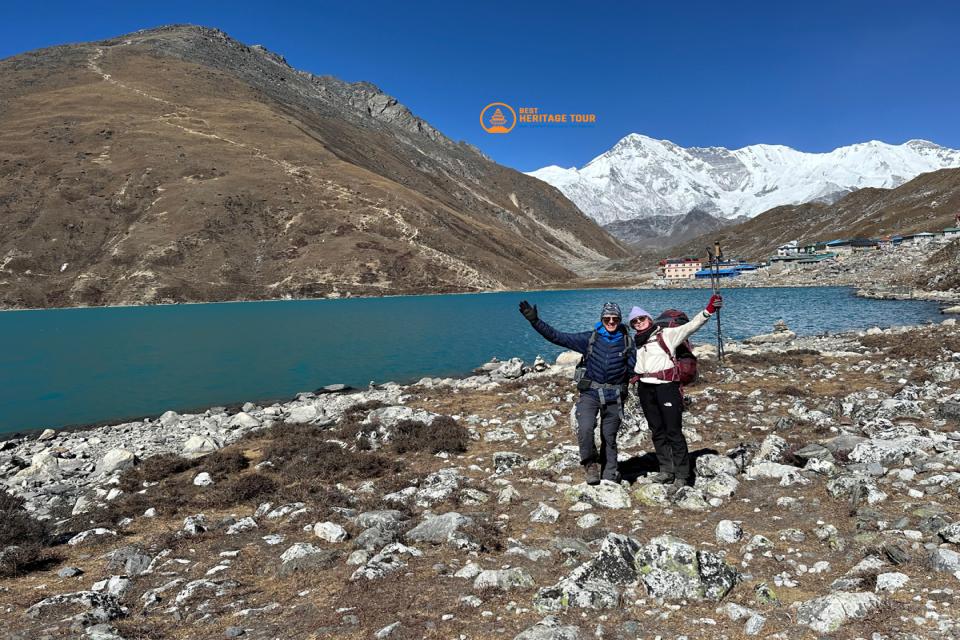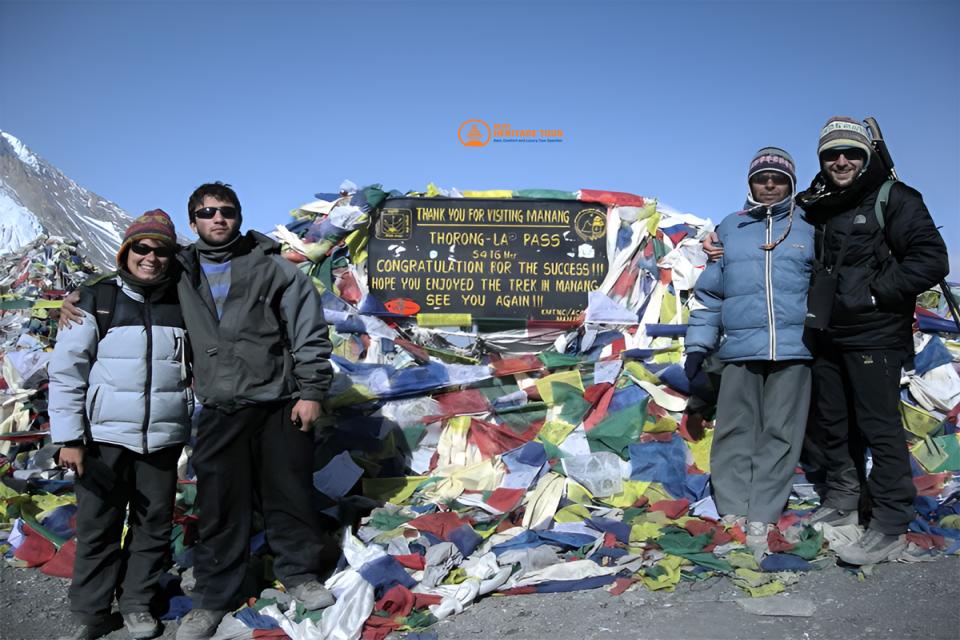Trekking in Nepal offers some of the most breathtaking Himalayan landscapes in the world. From the lush trails of the Annapurna region to the towering peaks around Everest Base Camp, trekkers face a wide range of weather conditions - sunny valleys, cold winds, snowfall, and sub-zero temperatures at high altitudes. One of the most critical pieces of gear for such extreme conditions is a high-altitude trekking jacket.
A good jacket not only keeps you warm but also protects against wind, rain, and snow, ensures mobility during long hikes, and is lightweight enough to carry comfortably. While Best Heritage Tour provides professional guidance and support throughout your trek, choosing the right jacket for your personal needs is essential to ensure safety and comfort.
This guide will help you understand the features of high-altitude jackets, the types available, and recommendations for the best options suitable for trekking in Nepal.
Why a High-Altitude Jacket Is Essential
High-altitude trekking in Nepal comes with unpredictable weather and harsh conditions. A quality jacket can:
-
Protect Against Extreme Cold: Temperatures can drop below freezing at higher elevations.
-
Shield From Wind: Strong mountain winds can cause rapid heat loss.
-
Repel Rain and Snow: Waterproof or water-resistant materials keep you dry during storms.
-
Provide Breathability: Moisture-wicking fabrics prevent sweat buildup and maintain comfort.
-
Ensure Mobility: Jackets should allow free movement for climbing, trekking, and carrying gear.
Without a reliable jacket, trekkers risk hypothermia, frostbite, and general discomfort, which can compromise both safety and enjoyment.
Key Features to Look for in a High-Altitude Jacket
Choosing the right jacket requires attention to several features:
1. Insulation
-
Down Jackets: Lightweight, compressible, and extremely warm. Ideal for very cold conditions, especially in high-altitude regions like Everest Base Camp.
-
Synthetic Jackets: Retain warmth even when wet, more affordable, and easier to maintain. Suitable for wet conditions or mid-altitude treks.
2. Waterproofing and Windproofing
-
Gore-Tex or similar membranes: Keeps wind and water out while allowing moisture to escape.
-
DWR (Durable Water Repellent) coating: Adds extra protection against rain and snow.
-
Windproof jackets: Essential for exposed ridges or high passes.
3. Layering Compatibility
-
Jackets should accommodate multiple layers underneath, including fleece or thermal base layers.
-
Ensure there’s enough room without restricting movement.
4. Weight and Packability
-
Lightweight jackets are ideal for long treks where every gram matters.
-
Down jackets often compress into small packs, making them easy to carry during day hikes or while ascending steep trails.
5. Breathability and Ventilation
-
High-altitude trekking is physically demanding, so jackets must allow sweat to escape.
-
Ventilation zippers under the arms or mesh-lined pockets improve airflow during exertion.
6. Hood and Collar Design
-
Adjustable, insulated hoods protect the head and neck from wind, rain, and snow.
-
High collars can prevent heat loss and shield your face from cold gusts.
7. Pockets and Storage
-
Internal and external pockets offer space for essentials like gloves, maps, snacks, or communication devices.
-
Chest pockets are accessible while wearing a backpack.
Types of High-Altitude Jackets
1. Down Jackets
-
Best for: Extremely cold conditions, high-altitude treks
-
Pros: Lightweight, extremely warm, compressible
-
Cons: Less effective when wet unless treated with water-resistant coating
2. Synthetic Insulated Jackets
-
Best for: Wet or humid conditions
-
Pros: Retains warmth when wet, affordable, durable
-
Cons: Bulkier than down jackets, slightly heavier
3. Softshell Jackets
-
Best for: Dry, moderately cold conditions
-
Pros: Flexible, breathable, wind-resistant
-
Cons: Less warmth in extreme cold
4. Hardshell Jackets
-
Best for: Wet, windy, or unpredictable weather
-
Pros: Waterproof, windproof, durable
-
Cons: Can be less breathable, often heavier than softshells
5. Hybrid Jackets
-
Combine down or synthetic insulation with hardshell panels.
-
Offer warmth in the core and waterproof protection on the exterior.
-
Ideal for variable conditions on long Nepalese treks.
Recommended High-Altitude Jackets for Nepal Treks
International Brands
-
The North Face Summit Series: Lightweight, warm, and highly durable.
-
Patagonia Down Sweater/Hybrid: Eco-friendly, compressible, and warm.
-
Arc’teryx Alpha or Cerium Series: High-end, extremely durable, suitable for Everest-level trekking.
-
Columbia Omni-Heat Jackets: Affordable, warm, and lightweight.
Nepali or Budget-Friendly Options
-
Himal Trekking Jackets: Locally available, water-resistant, and budget-friendly.
-
Everest Explorer Jackets: Insulated, designed for mid- to high-altitude treks.
Nepali brands provide affordable yet reliable options, especially for trekkers who prefer budget-conscious gear without compromising safety.
Layering Strategy for High-Altitude Trekking
Layering is critical for comfort in changing temperatures. A recommended system includes:
-
Base Layer: Moisture-wicking thermal top to keep sweat away from the skin.
-
Mid Layer: Fleece or lightweight insulated jacket for warmth.
-
Outer Layer: High-altitude jacket (down, synthetic, or hardshell) for protection against wind, rain, and snow.
Layering allows trekkers to adjust insulation based on temperature, exertion level, and weather.
Additional Tips for Trekking Jackets
-
Try Before You Buy: Walk around in the jacket to ensure mobility.
-
Check for Compatibility with Backpack: Ensure the jacket fits comfortably under shoulder straps.
-
Inspect Zippers and Seams: High-quality zippers and reinforced seams prevent failure on rugged trails.
-
Consider Jackets with Removable Layers: Provides flexibility for varying conditions.
-
Look for Jackets with Adjustable Cuffs and Hems: Helps seal out wind and retain warmth.
Conclusion
Choosing the right high-altitude jacket is critical for trekking in Nepal. Consider insulation, waterproofing, breathability, weight, and layering compatibility when selecting your jacket. International brands offer high performance, while Nepali brands provide budget-friendly, reliable alternatives. Combine your personal gear with professional guidance from Best Heritage Tour to ensure a safe and enjoyable Himalayan adventure.
Phone: +977-9851149197 / +977-9810043046
Email: info@bestheritagetour.com | bestheritagetour@gmail.com
Booking/Info: www.bestheritagetour.com
Office Location: Thamel Marg, Kathmandu, Nepal
Step confidently into Nepal’s majestic trails with the right jacket, expert guidance, and peace of mind!
Author: Best Heritage Tour
Date: 21st August, 2025


